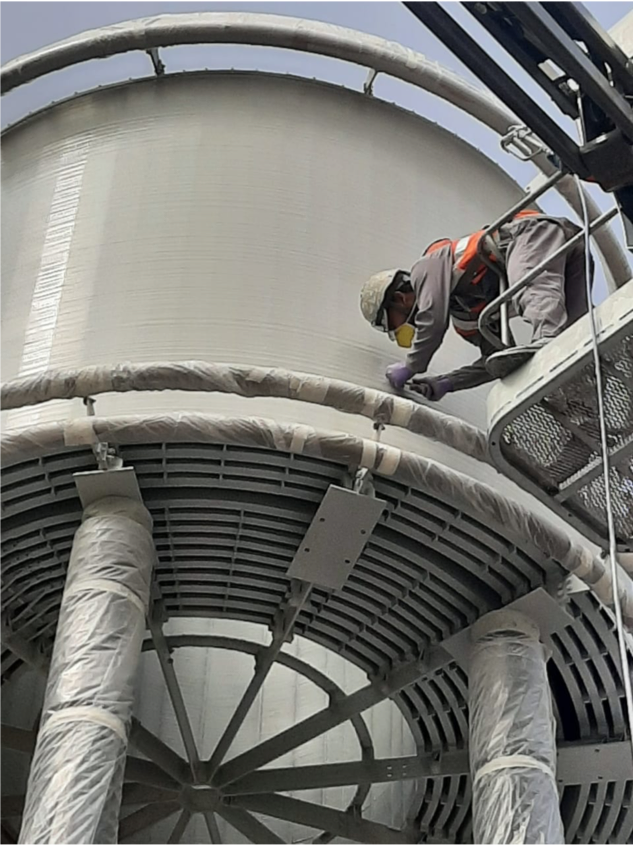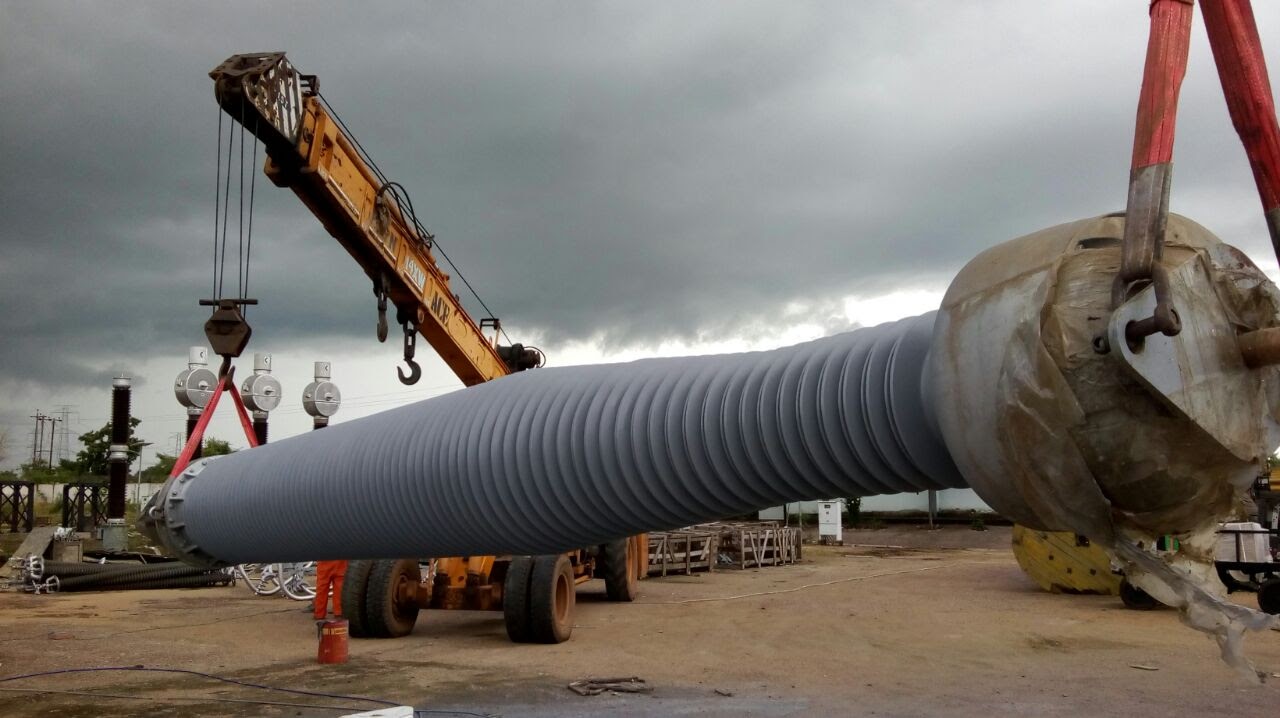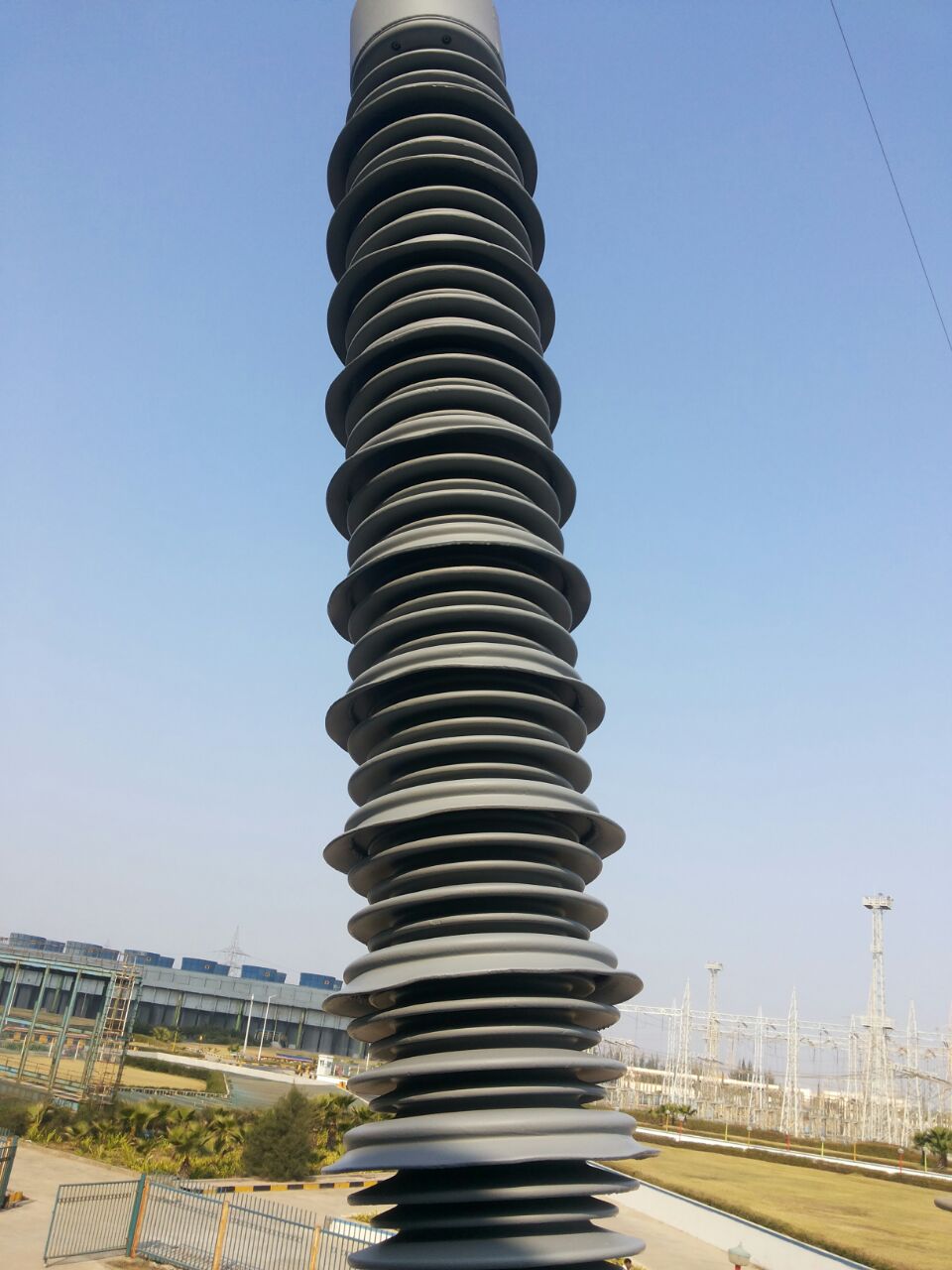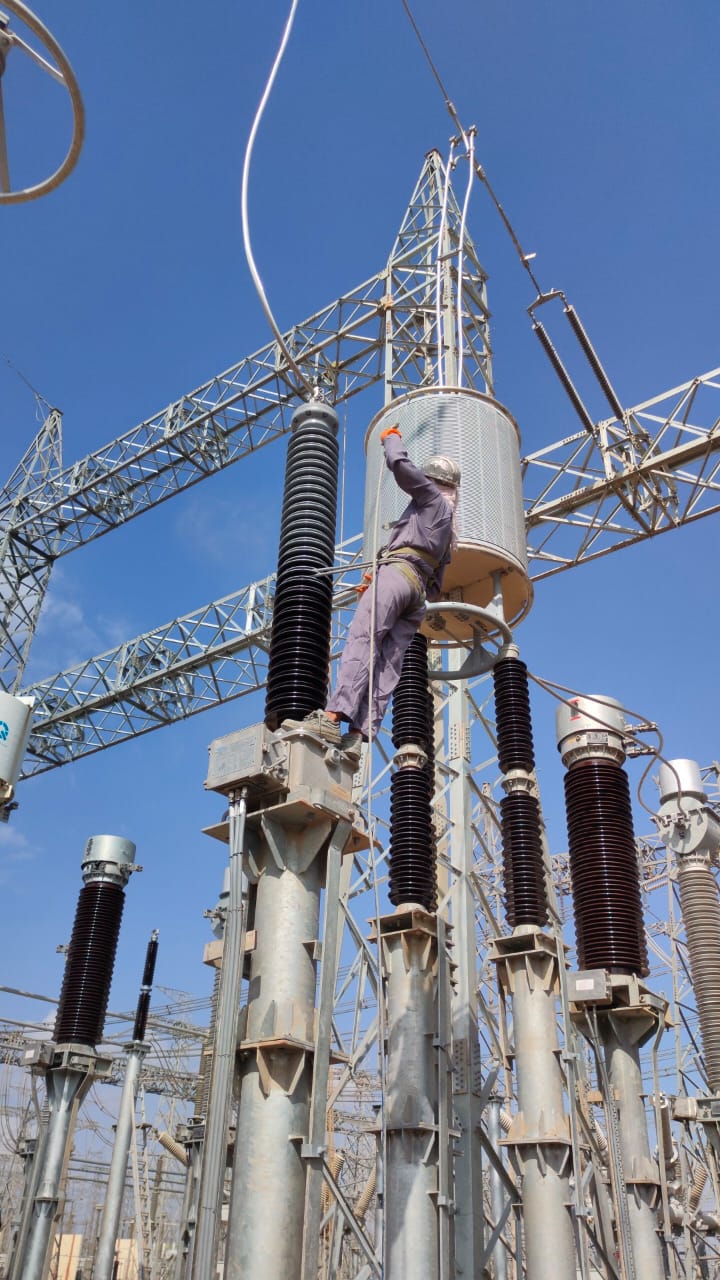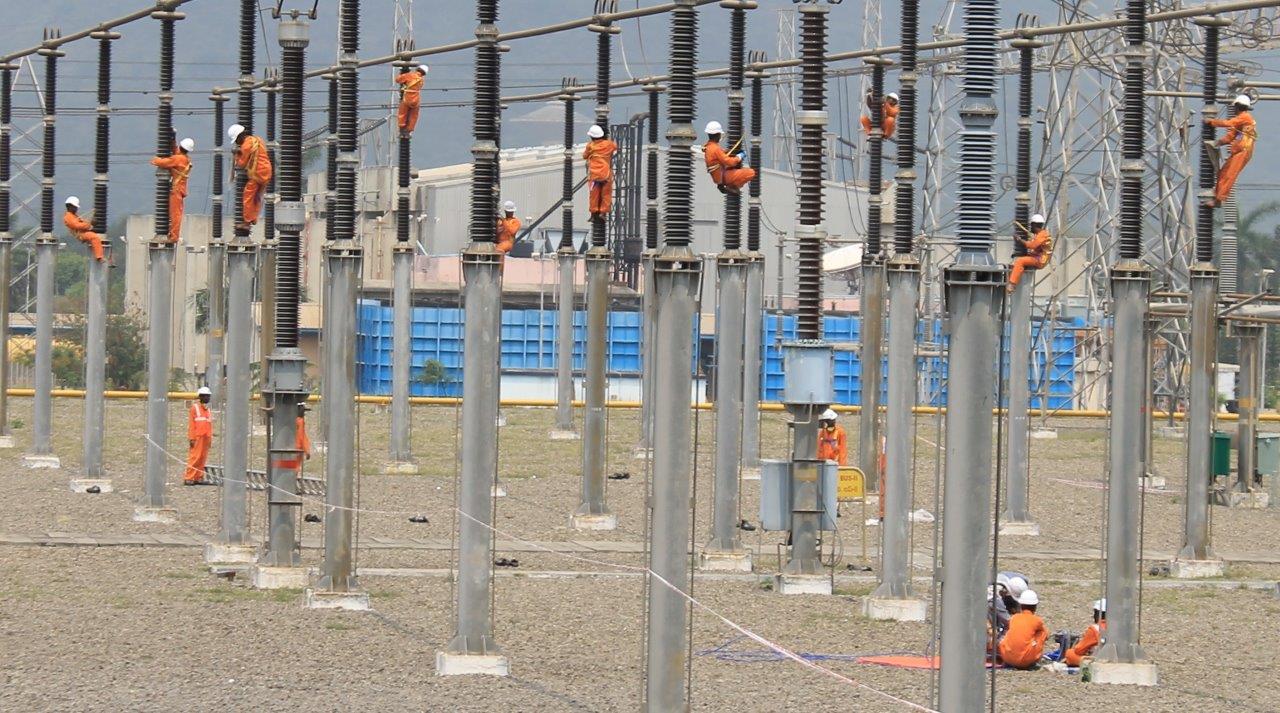
Why G4 the best RTV HVIC
You could use less coating than a GEN-3 coating with ATH (Alumina Trihydrate) filler, and it would still perform as well, if not better.
ATH (Al2O3.3H2O), principally used as a smoke retardant in some silicone polymer blends, irreversibly breaks down at around 180ºC-200ºC due the heat generated under electrical arcing conditions and releases water of hydration. Water serves to cool the coating surface, and this works pretty well – but ATH in a layer of coating just a few microns thick is limited and with every temperature spike, more ATH breakdowns occur and coating mass drops …



